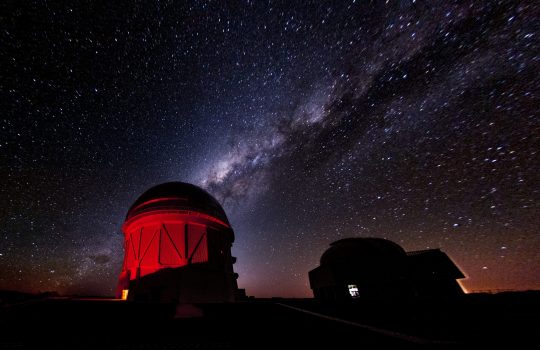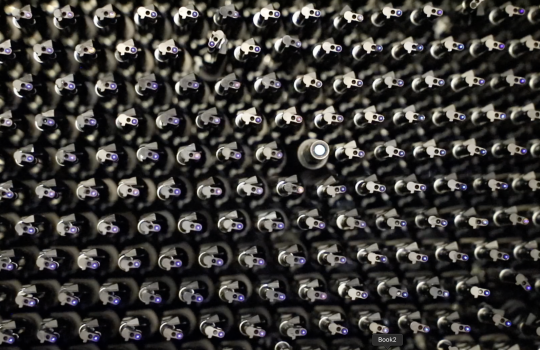Fastest orbiting asteroid discovered
From Phys.org, August 24, 2021: Using the powerful 570-megapixel Dark Energy Camera (DECam) created and tested by Fermilab for the DES, astronomers have discovered an asteroid with the shortest orbital period of any known asteroid in the Solar System.


